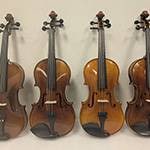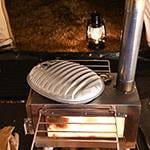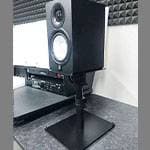PA systems are necessary for various musical events such as speeches, lessons, parties, DJing, and live band concerts. However, there are many pieces of equipment required, and many people may not know what to pay attention to when selecting the right one for them. Here, I would like to introduce some points to consider when selecting each piece of equipment.
The basic equipment configuration of a PA system is as follows.
Analog mixer: Combines multiple devices such as microphones, guitars, and keyboards into a single output.
Power Amplifier: Amplifies the audio signal to a level that can be heard through speakers.
Passive Speakers: These speakers convert the signal amplified by the power amplifier into sound and output it.
How to Choose a Mixer
1. Check how many microphones you will need and how many mono output devices you will need.
The input terminals for which microphones can be connected are XLR terminals.
If you want to connect line-level (monaural) output devices, connect them to the "phone jack".
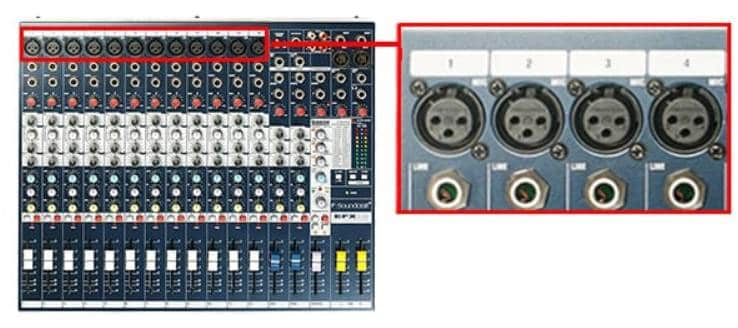
2. Check the number of stereo devices to be used.
If your equipment has stereo (L/R) outputs, such as DJ mixers, synthesizers, keyboards, CD players, etc., connect them to the "Stereo Input Channel". There are often vertically arranged L, R and phone jacks.
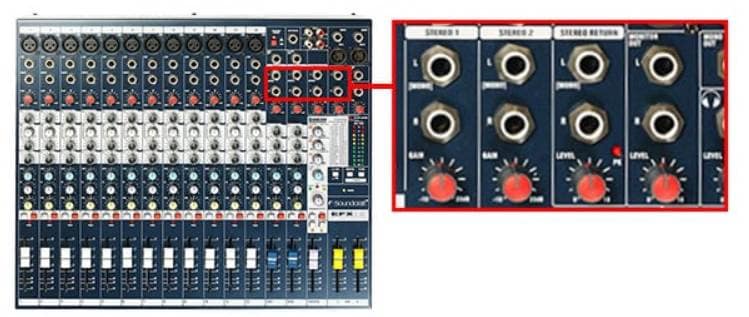
3. Check to see if you need any effects pedals.
For example, if you want to "add reverb to the vocals" of your band, choose a model that has an effects pedal.
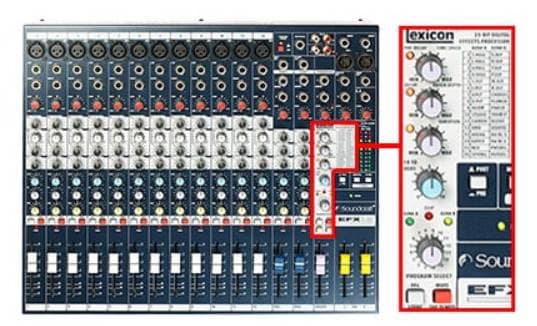
The analog mixer page has a search function that allows you to narrow down your search, so please use this function as well.
How to Select Speakers and Power Amplifiers
1. Find out the approximate wattage for the number of people in your audience.
The guideline for the number of watts is,
For speech-based events, 1 person in the audience = 1W
For events that require sound pressure and volume, such as live performances, it is said that 1 person in the audience = 3 watts.
For outdoor events, try to use about twice as much Watts as for indoor events, because sound diffuses.
However, since sound audibility varies depending on various conditions, this should be used as a guide only.
Example: If two CSP10s are used with CPX1500 (500Wx2), use 500W as a guide.
| 100W | 300W | 500W | 1000W |
|---|---|---|---|
 |
 |
 |
 |
|
|
|
|
|
|
|
|
2. Select a power amplifier that matches the allowable input of your passive speakers.
The basic W number concept is shown here.
Allowable input of speakers (PGM: Program) > Rated output of power amplifier (RMS: RMS value)
Sound House recommends "more than half the allowable input W and less than the allowable input W" as the right combination that’s not too small and not too large.
Example) CSP10 500W (8 ohms) → Power amplifier with 250-500W output at 8 ohms
-
1. Check the impedance and allowable input of the speaker.
Example) CLASSIC PRO CSP10
Impedance: 8Ω, Allowable input: 500W (PGM)
-
2. Check the rated output of the power amplifier
Example) CLASSIC PRO CP1000
At 8 ohms 340W+340W(RMS)
Inputting a signal greater than the speaker's allowable input, or inputting a signal with a high output close to the speaker's allowable input value for a long period of time may cause damage to the speaker.
When the power amplifier exceeds its maximum output, the output signal is clipped. Signals whose waveform changes like a square wave due to clipping can damage the speaker by causing the driver to amplify more than originally expected or by generating harmonics that can cause burnout. Therefore, it is important to select an appropriate power amplifier, since using a small amplifier to play a large speaker can easily cause it to clip and increase the risk of speaker damage.
Please refer to the "Selecting by Specifications" tool on the Speakers and Power Amplifiers page.
⇒ How to Select Speakers and Power Amplifiers
About Differences in Sound
I often receive inquiries about the differences in sound depending on speakers and power amplifiers. I cannot make a blanket statement about sound quality, as it is a matter of perception. However, since there is no way to make such a choice, I have prepared an article introducing the selection method focusing on size, materials, and wattage. In addition, I have prepared sound files for comparison on this page, so please listen to them carefully with headphones or earphones. As the speaker size increases, the power and volume of the bass sound increases, and even in the same size, the sound of the high-end class becomes clearer and more balanced, which is called "high sound quality”. I hope you will use this information as a material for your consideration.
Related article:[Recommended for 2022] Listening comparison of various PA speakers!
Examples of Recommended PA Systems
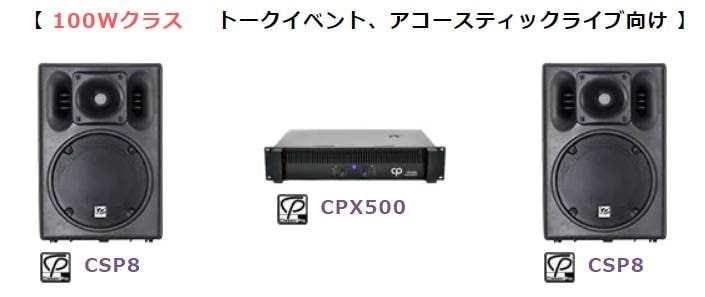

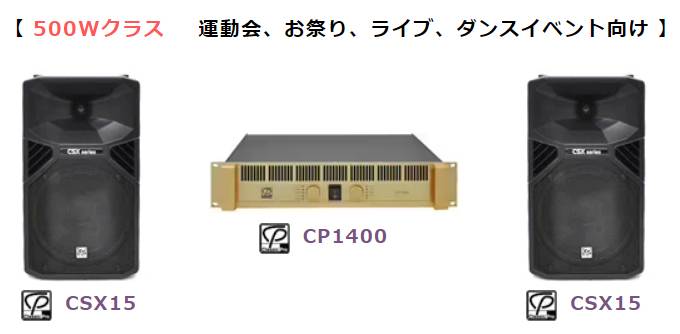
Recommendations when considering a PA system
1. Check the speakers if there is usually a music event.
For example, shopping malls host various types of events from talk events to live events. This is an opportunity! Check what kind of speakers are used, what size speakers are used, how many speakers are used, and how they are set up.
2. Ask someone you know
If you know someone around you who is an event PA, you can ask them directly for advice. There is no better information than the actual experience of those who are in the field. What do these speakers sound like? Have you used them? Which ones do you recommend? Ask all of your questions to these people.
3. Check out reviews, videos, and social media
Product reviews are useful information written by actual buyers. Some of them write their impressions with specific numbers, such as "I used it in a place with about this many people and there were actually this many people." There is also a lot of comparative information such as "□□□ was ~ compared to the standard 00". Also, on social networking sites such as YouTube, Facebook, and Instagram, you can see videos posted by users not only from Japan but from all over the world. For example, while watching a live event, you can check out speakers and imagine the size of the audience and use it as a reference for your PA system.
4. Refer to the PA system examples listed in the catalog or on the manufacturer's website.
Check out the standard brand YAMAHA, which introduces PA system examples according to the number of audience members. Let's take a look at the speaker sizes and power amps used here.
YAMAHA PA System Selection Navigator (PDF)
Summary
How was your experience? In this article, we have taken a simple PA system consisting of an analog mixer, power amplifier, and passive speakers as an example and introduced some ideas on how to decide on a configuration. Although there are various manufacturers, series, and models, checking if the basic items share some of the same features. We hope that you will check the specifications of each piece of equipment and consider them in conjunction with the useful information available on the Internet.






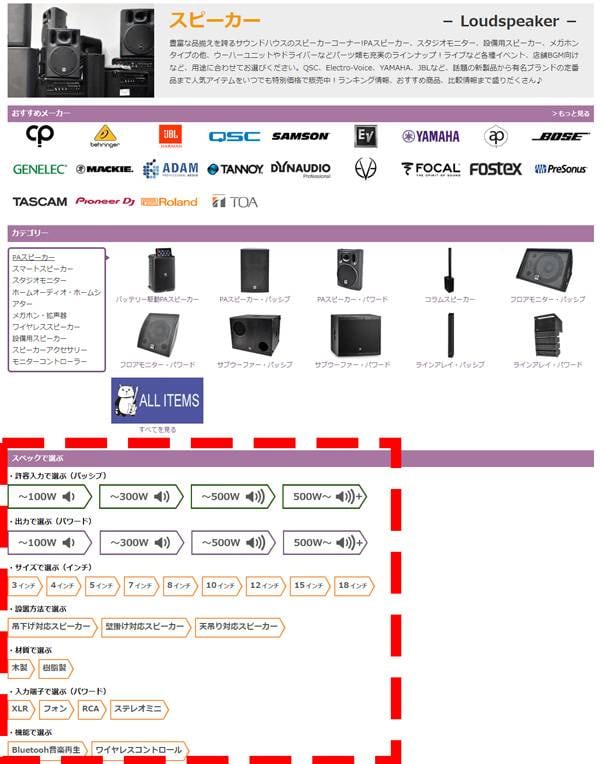

![[Recommended for 2022] Listening comparison of various PA speakers!](https://www.soundhouse.co.jp/contents/uploads/2/2023/1/20230131_2_20977.jpg)
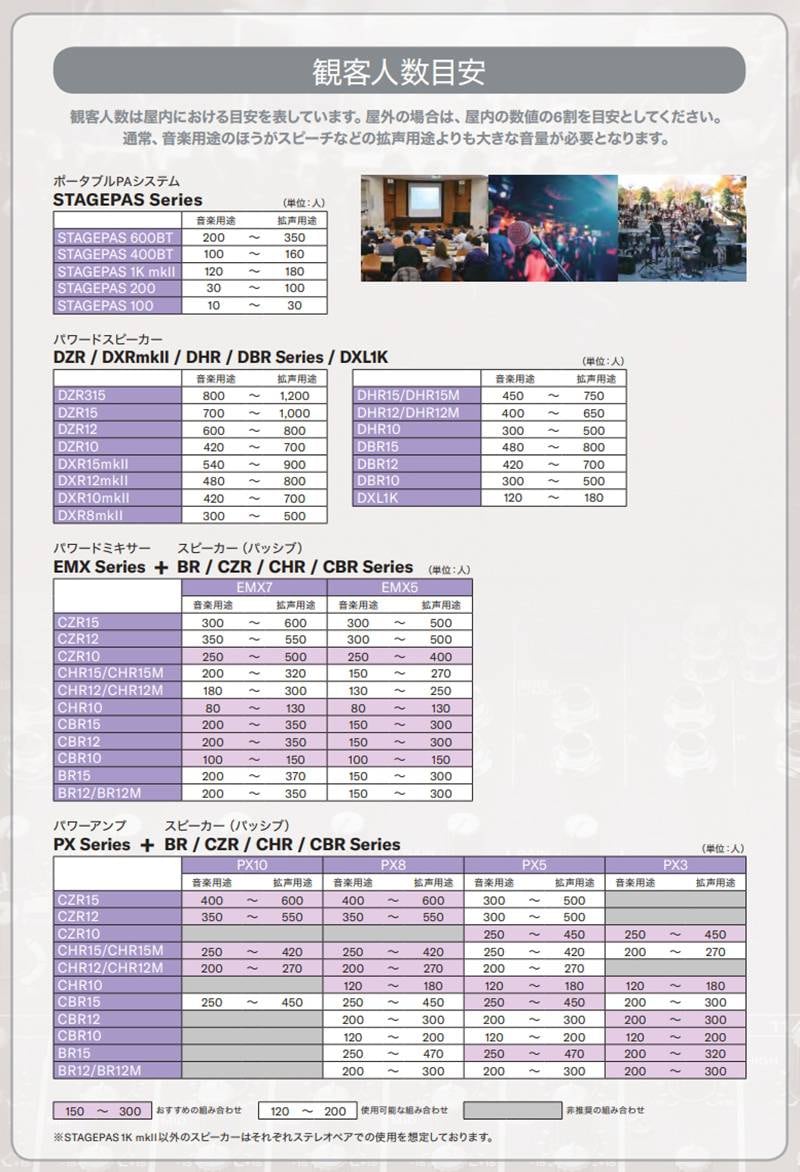

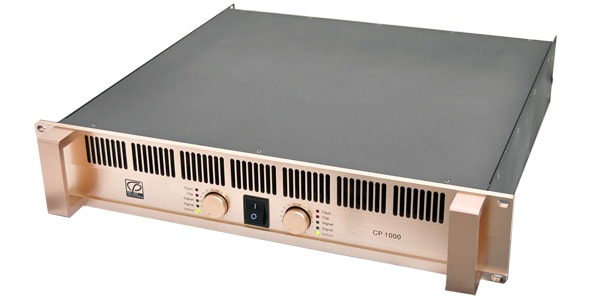
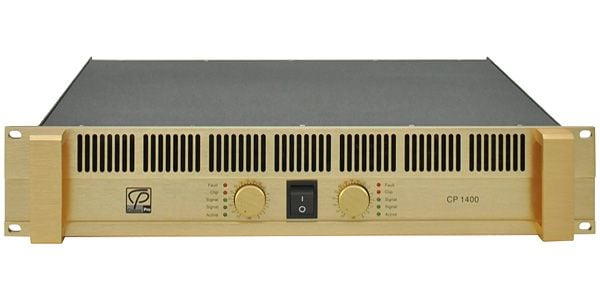
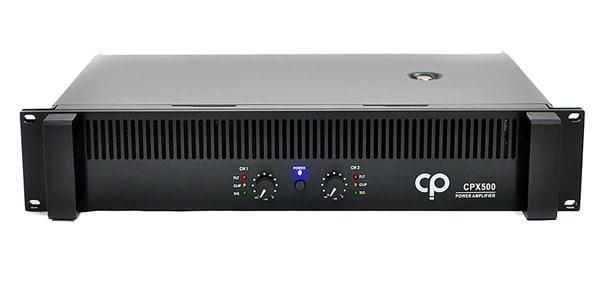

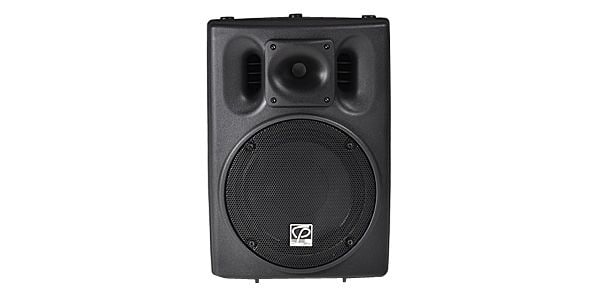
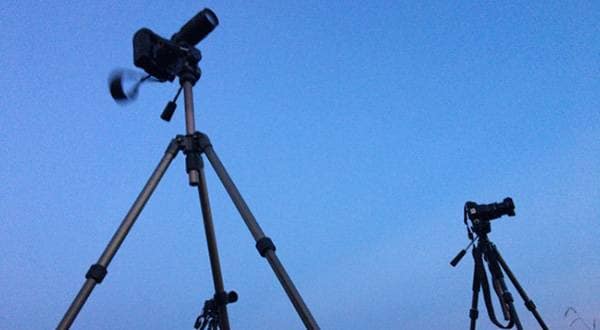


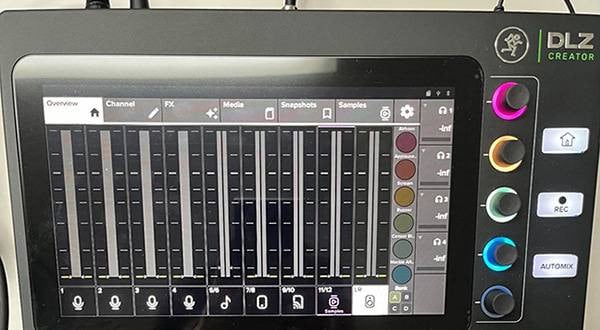
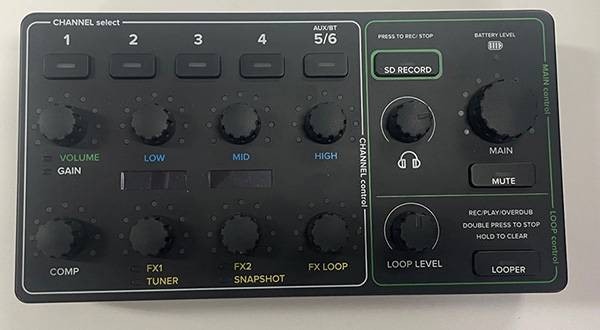
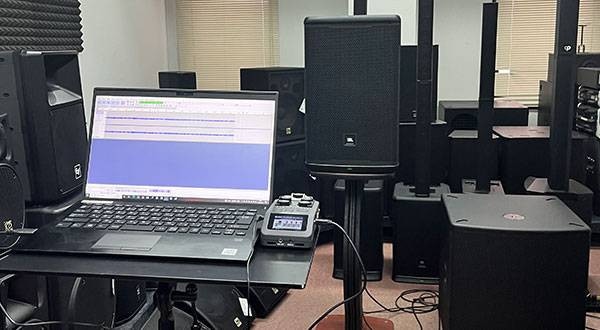
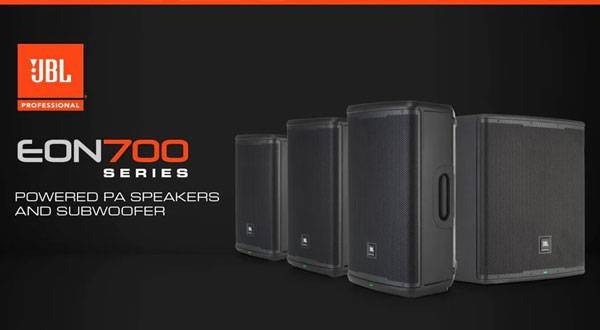
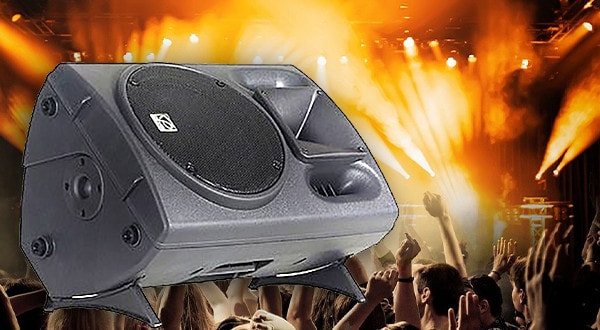
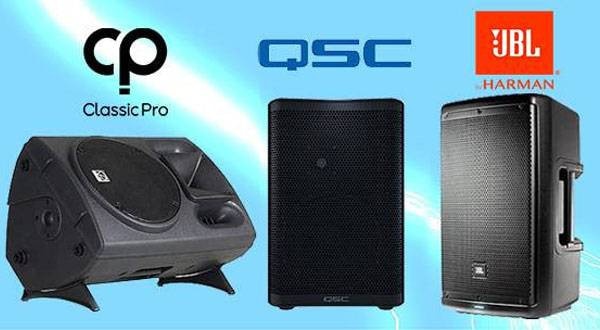
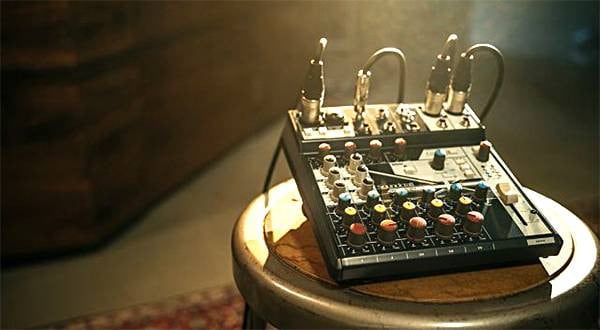

 ポータブルPAシステム特集
ポータブルPAシステム特集
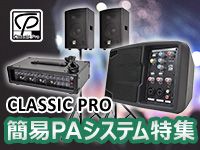 CLASSIC PRO 簡易PAシステム特集
CLASSIC PRO 簡易PAシステム特集
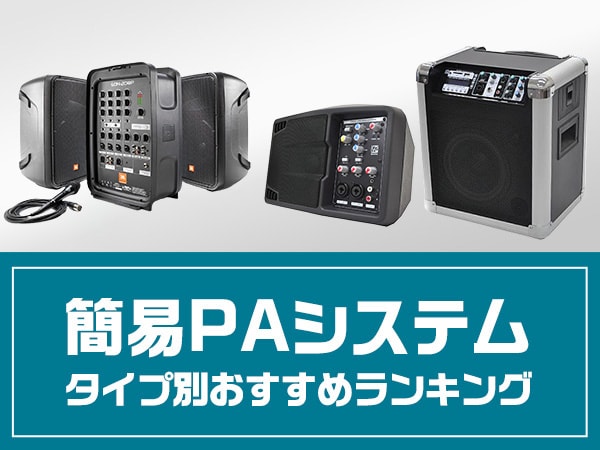 簡易PAシステム タイプ別おすすめランキング
簡易PAシステム タイプ別おすすめランキング
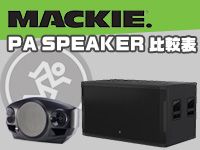 Mackie PAスピーカー比較表
Mackie PAスピーカー比較表
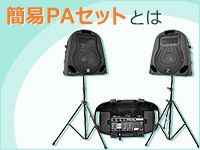 簡易PAセットとは
簡易PAセットとは
 PAシステム講座
PAシステム講座
